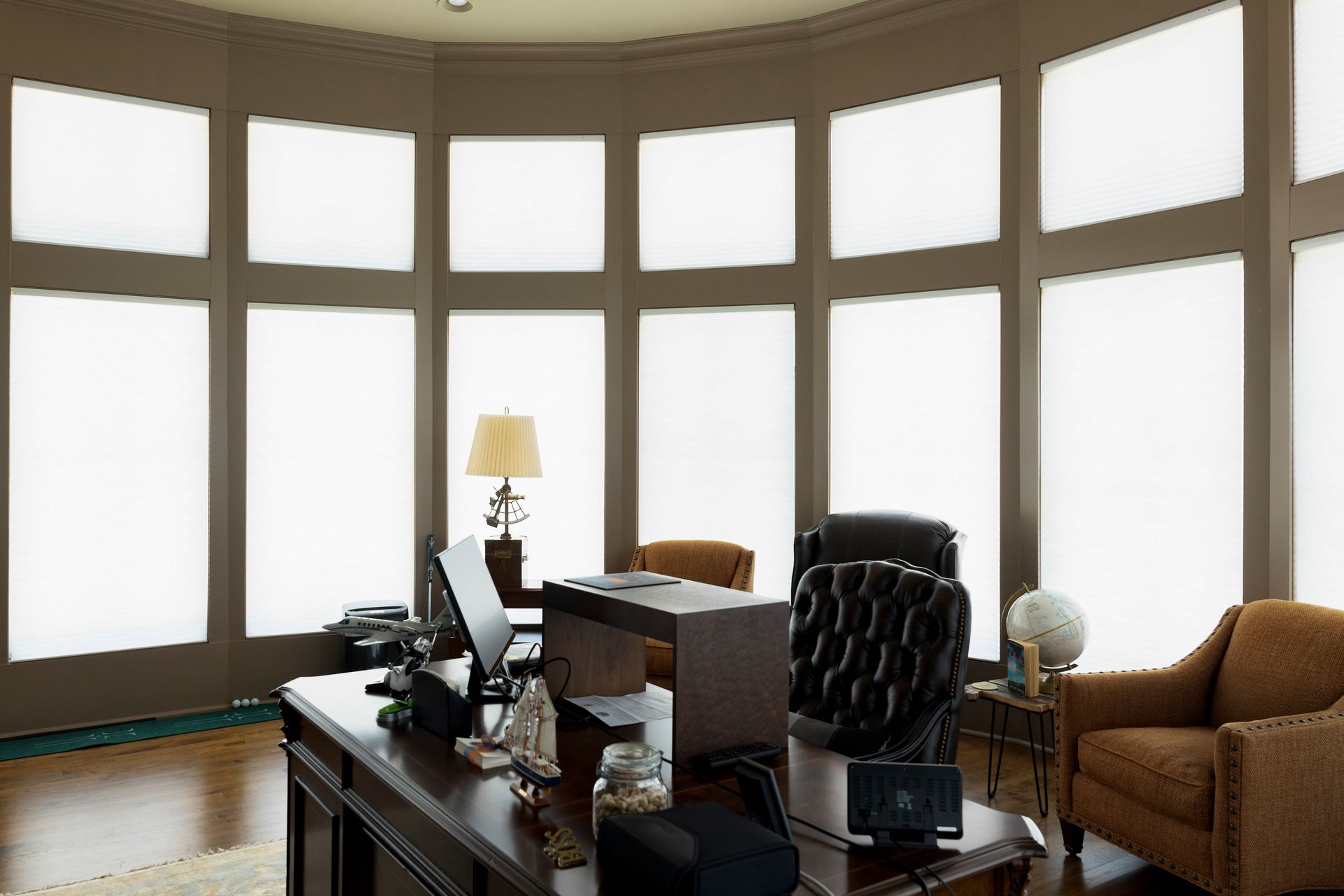Now that the holiday season is upon us, many families will be welcoming guests into their homes. If you’re like most people, you probably worry about your home being clean and welcoming enough for holiday guests. But if you put in the needed time to clean and prepare your home for guests before they arrive, you can enjoy them more, knowing they’re comfortable and relaxed. Here are a few tips for sprucing up your home for holiday guests.
The Kitchen
Because the kitchen is where your guests will probably be gathering to socialize and munch on holiday goodies, it’s crucial that this room looks and smells as fresh and clean as possible.
- To clean sinks, use a soft rag or nylon sponge, along with mild soap or an all-purpose glass cleaner. Don’t use abrasive cleaners, bleach or ammonia on stainless steel because this can compromise the finish.
- Get rid of any unpleasant kitchen odors, such as those coming from your garbage disposal. One way to freshen a garbage disposal is by chopping up a lemon, including the rind, and then throwing it down your disposal.
- To sharpen disposal blades, throw in a few small ice cubes. Be sure your kitchen garbage container smells good, so hose it down. Then, once it’s dry, spray it with an air freshener.
- To clean oven and stove-tops, use water and baking soda to scrub off caked-in goo.
Guest Rooms
- Adorn beds with decorative quilts or comforters, along with fluffy pillows.
- Consider installing lightweight sheers or woven blinds that can usher in morning sunlight.
- Launder bedspreads and shake dirt out of throw rugs.
- Include interesting magazines and reading material on bed-stands.
- If possible, set up a TV on the dresser for guests who stay up late.
- Remove any clutter.
Windows and Window Coverings
- To clean windows, use a commercial product or a water and vinegar solution. After spraying the windows, wipe them with a clean rubber-bladed squeegee. Work from the top to the bottom, making sure the squeegee is angled toward the base of the window.
- Clean window screens so that all grime is removed. Rather than taking down your screens and hosing them down, you can simply use a dust-brush attachment from your vacuum cleaner to remove dust. The quickest and most effective method is going side to side and top to bottom.
- Although cleaning curtains manually entails more work than just tossing them into a washer, hand-washing them reduces the likelihood of shrinkage, and it’s the best option for delicate fabrics.
- On the other hand, don’t wash heavy fabrics by hand as it’s harder to remove the water.
- Steam clean curtains made of exceptionally heavy materials.
- If you don’t have time to dry clean your curtains or drapes, you could still freshen them up by spraying them with fabric refresh spray. After gently shaking the fabric, stand back a few feet and spray the drapes. Then, shake the fabric once more.
Bathrooms
- Prepare guest bathrooms by making sure there are plenty of clean hand and bath towels, so your guests don’t have to ask for them. You don’t want them to use your old, ratty-looking, everyday towels.
- Remove all film and soil, using an all-purpose bathroom cleaner. Stubborn deposits can be removed with a soft-scrub cleaning product
- Launder shower and window curtains.
- To get rid of deposits on shower floors and eliminate bathtub rings, use abrasive scrubbing pads. It helps to use an old toothbrush to remove stubborn deposits that have built up around faucets and tub fixtures.
- Using a disinfecting spray to sanitize toilets, spray the seat, toilet rims and bowel exterior. Then, use a fresh cleaning cloth to wipe your toilet clean and dry.
Considerations and Warnings
- For best results, clean your windows on a cloudy day because direct sunlight can cause the cleaner to dry too rapidly, which can leave streaks on windows.
- To clean baseboards, use a sponge that’s been dipped into a solution of dish soap and warm water. Vinegar also works well in scrubbing away blemishes.
- Homemade bathroom cleaners do a better job of keeping your bathrooms shiny and clean without subjecting them to harsh chemicals.
- Dust all light fixtures and remove cobwebs from ceilings.
One of the main household items that guests notice is window coverings. Regardless of how well you try to clean old drapes and blinds, sometimes you just need to replace your window coverings. Don’t hesitate to call Just Blinds. We have a wide range of high quality window treatments for every room in your home. Please contact us and learn more about our various products.
Expert Advice by Just Blinds


